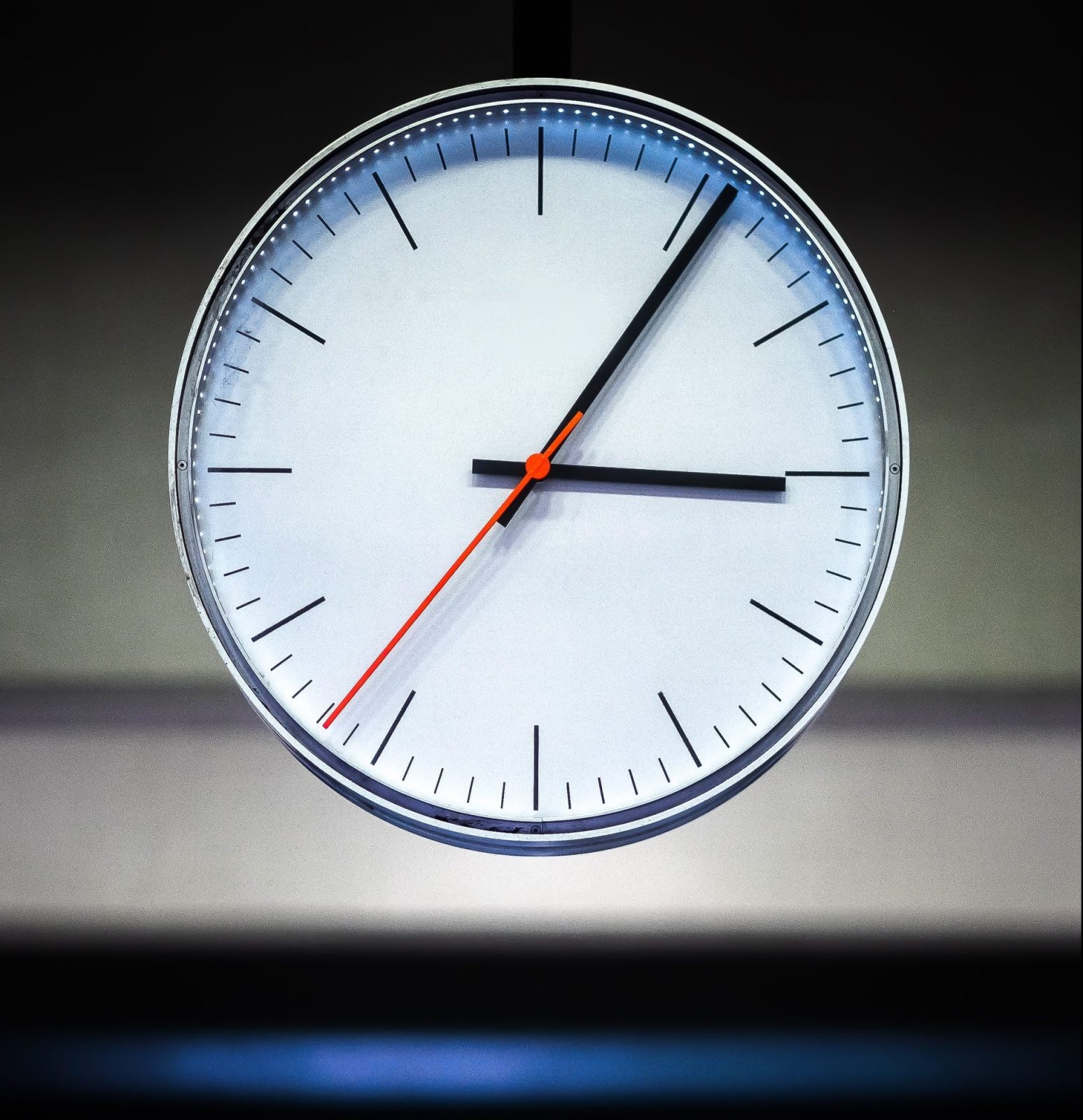Function GPS
Contents
When GPS systems are used as timers world-wide operation at highest accuracy is possible. At an altitude of about 20,000 km satellites circle around the earth on 6 different orbits twice a day. There are 3 satellites on every orbit. Every satellite contains 2 atomic clocks being as accurate as at least 1 x 10 -12.
The satellites constantly transmit their position and the GPS world time at the same point of time at a frequency of 1.57542 GHz. GPS antenna receive the data from the satellites moving in the view range of the antenna. These data are then decoded by a 6 to 12 channel GPS receiver. First the position of the receiving antenna is calculated from these values. Once the position is calculated the travelling times of the transmitter information from the individual satellites can be determined.
The GPS time information and the average travelling times are used to construct the GPS world time (GPS-UTC) achieving an accuracy of ± 1 µsec. The accuracy of the time determination depends above all on how accurately the position has been calculated.
The world time UTC is calculated by deducting the leap second from GPS-UTC. The leap seconds offer the chance to level out the inaccuracy of the speed of the earth rotation. The adjustment can be done automatically because the satellites include the difference in their transmitted information.
The local time can now be calculated precisely by adding or subtracting a time offset from UTC.

